Blog
Book Review: Dancer Wellness Textbook
Author: K. Michael Rowley on behalf of IADMS Promotion Committee
This phenomenal Dancer Wellness textbook is like a who’s who of the dance medicine and science world. A quick scan of the Table of Contents will toss up well-known names in the community like Luke Hopper of Australia, Emma Redding of the UK, Derrick Brown of the Netherlands, and Margaret Wilson of the US among many many more. This textbook embodies what I personally have wanted from IADMS for the entire time I’ve been aware of the organization – a reference textbook combining the best of the best in contributors, scientifically and clinically rigorous information, and accessibility to multiple audiences.
Read ArticleIADMS Dance Educator Award Update
The 2016 IADMS Education Committee Dance Educator Award is presented to Dr. Tom Welsh, Professor at Florida State University. Tom’s direct and indirect influence on dance pedagogy and training has been profound. He carefully thinks about how research informs practice and how research needs to reflect practice. The many colleagues and students he works with are challenged and invigorated by his thoughtful questions, carefully worded concerns and unique solutions to difficult problems.
Read ArticleNot “IF” but “WHEN”: Rehearsing for medical emergencies in dance
Author: Carina M. Nasrallah
Catastrophic injuries and life-threatening medical emergencies are not common in the dance studio or theater. Ankle sprains, bruised toenails and sore backs are more the “bread and butter” of dancers’ woes, and as a result it is easy to develop a false sense of security - the mentality that “it would never happen to us”. But it is critical to remember that dancers are elite athletes and not immune to catastrophic injury. Therefore, having a plan for handling emergency situations is not a recommendation - it is necessity.
Read ArticleIntroducing the knee: Anatomy and biomechanics
Authors: Elsa Urmston and Jonathan George on behalf of the IADMS Education Committee
As dancers, educators and clinicians, we know that knees cope with a lot! Over the last decade or so, the demands placed on the dancer’s body has increased exponentially and ever more complexly. Acrobatic movement is becoming evident and the effect to the joints of the limbs can often mean greater incidence of injury. As Liane Simmel points out “pirouettes on the knees, knee drops, and even a plié in fourth position require particular leg stability and optimal mobility in the knee.”1 In reviewing the literature, Russell2 identifies the lower extremity to repeatedly be the most commonly injured region of the body amongst dancers.
Read ArticleSnapping Hip Syndrome
Author: Janine Bryant on behalf of the IADMS Education Committee
Do your dancers ever say, ‘My hip snaps or pops when I do grand battement or developpe´ devant or a´ la seconde’? The snap sometimes presents with pain but sometimes not, and happens either on the up phase or down phase of the movement. Dancers might also notice decreased range of motion through multiple planes of movement.
Read ArticleStudent Events at the 2016 Conference in Hong Kong
Our Annual Conference is fast approaching and there are some exciting student events this year!
Read ArticleStretching the Point: Part 2
Authors: Gabrielle Davidson and Maggie Lorraine on behalf of the IADMS Education Committee
In Part 1 of “Stretching the Pointe” we discussed some issues that may arise as a result of incorrect use of the foot and faulty foot alignment in training. Anatomical information about the foot is available in previous blog posts. In discussing the foot and the dancer, there are a few specific injuries and conditions that need to be taken into account to further strengthen the argument for ensuring correct alignment and muscle activation when teaching young dancers how to pointe their feet.
Read ArticleStretching the Point: Part 1
Author: Maggie Lorraine on behalf of the IADMS Education Committee
Learning how to bend the knees and point the feet may be the first movements that dance students learn. It is sobering to consider that both of these movements are potentially harmful if not executed correctly and practiced in perfect alignment. Experienced teachers of children and young people often notice that by encouraging students to “stretch” their feet rather than “point”, they are less likely to crunch their toes. Crunching results in a “shortened” line of the foot. On the other hand, “stretching” encourages the students to lengthen the leg through to the ankle and arch of the foot. Anatomically speaking we are talking here about plantarflexion of the ankle of course, although this actual term is seldom used in a teaching context.
Read ArticlePutting on a Conference: An Interview with IADMS Day for Teachers organizer Brenton Surgenor
A Day for Teachers is an important part of the annual IADMS programme. This popular event evolves year by year depending on where it is and who is organizing it. To find out exactly how the programme is developed I sat down with this year’s organizer, Brenton Surgenor, to find out what makes A Day for Teacher Hong Kong unique.
Read ArticlePutting on a Conference: An Interview with the IADMS Program Committee Chair Alexander McKinven
Alexander McKinven is the IADMS Program Committee Chair and works year-round to prepare for the IADMS Conference. Here are his answers to a few questions we had about what goes into planning a conference.
Read Article- IADMS 34th Annual Conference - Experience Point of View: Jennifer Milner
- IADMS 34th Annual Conference - Experience Point of View: Joanna Nicholas
- IADMS 34th Annual Conference - Experience Point of View: Erika Mayall
- Beginning ASL for Medical Students & Health Practitioners
- Relative Energy Deficiency in Dance
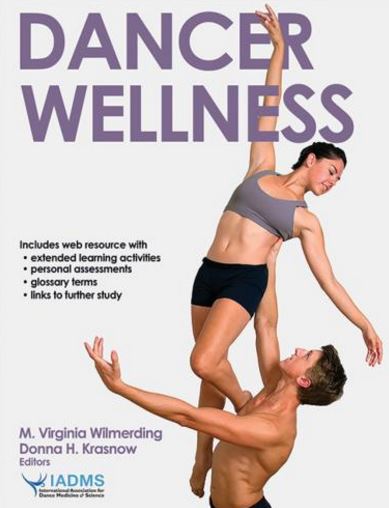

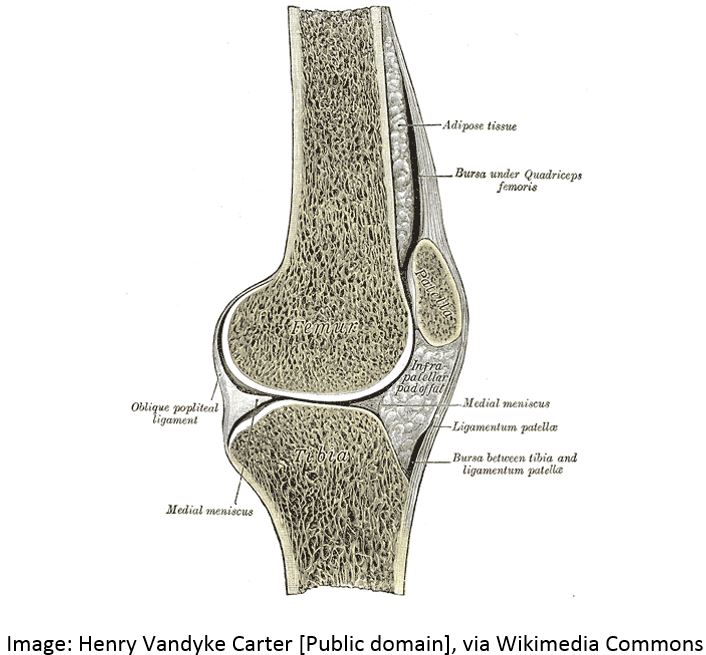
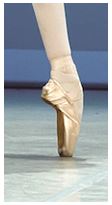
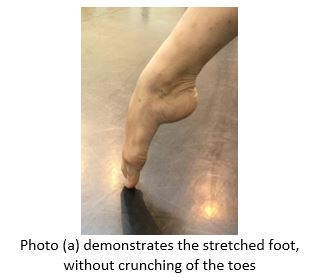
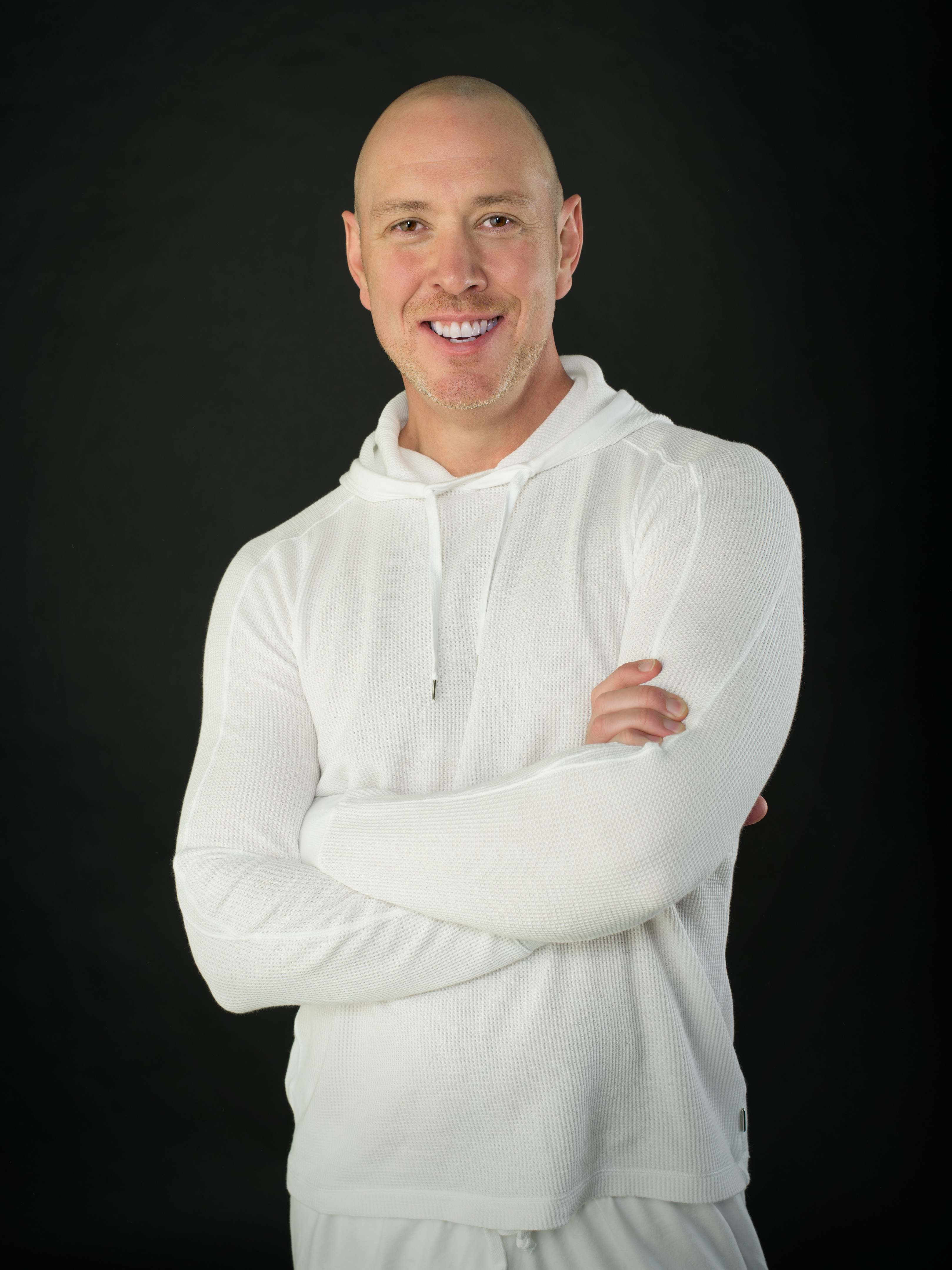
 BACK
BACK